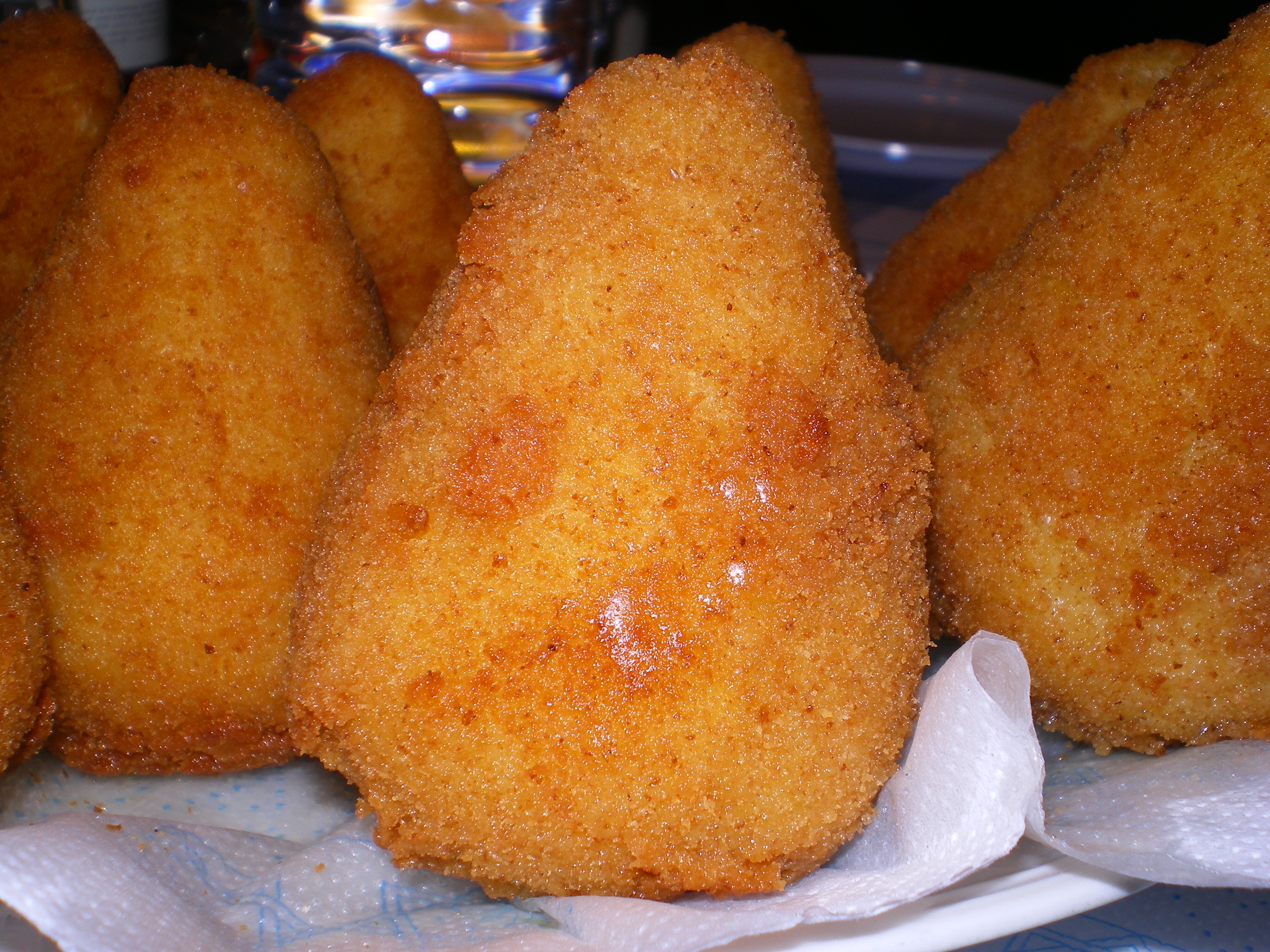
The steaming hot, golden, conical shaped delicacy rests in a napkin in my hand. The process of making arancini started hours ago. I tap the outer crust of it, pleasantly it is firm and hard. I dare not to bite into it for fear of burning my mouth, though Marco my translator tells me that in Catania you are not eating it right unless you are huffing and puffing exuberantly as one does while eating hot food. With my thumb and index finger, I pinch off the top point, releasing a puff of steam. Eyes closed I bring it to my nose a inhale the scent of saffron rice (rizo) and ragu. The crust is chewy and crunchy to eat, the rice on the inside is soft and all the grains still independent of each other. The further down I eat I get to the ragu and provolone that was tucked inside prior to deep frying.
This process may sound quiet and introspective but like all things Sicilian it is anything but. The group of us that have assembled for today’s class include; myself, three other cruisers (Tom, Peter and “tall” Peter), as well as Marco (husband of my Italian teacher, has come to help translate and for the entertainment I suspect) and Marco the Chef. We loudly discuss our creations. Everything about this culture is boisterous and expressive. Maybe that is why I like it here. We talk about how in some parts of Sicily arancini are eaten from the pointy end first and in others then eat it from the fat end down. Ragu con carne (or with meat) is the traditional filling, but now it is common to find them with a practically endless variety of fillings. Chef Marco says that it is very personal cooking and what is most important is that the flavours are right for you.
Arancini originated in Sicily in the 10th century, according to Wikipedia, when the country was under Arab rule. Much of Sicilian food is modest and made with simple and cheap ingredients because Sicilians were often poor and as a result, traditional dishes are often very humble.
For our cooking lesson, we have assembled at Chef Marco’s third-floor loft. For the occasion of the lesson he has created a makeshift temporary counter in the centre of the room, so he can face us. Arancini has distinct components and stages. Rice, filling, coating, and cooking. Each requires attention.
Arancini Serves 12 large portions
Rice Rizo Roma 500gr
Láqua 1.2 L
Boil water add rice, no lid, do not stir until water is absorbed and rice is el dante.
Zaffron 0.2 gr mixed with small amount of water (saffron)
Burro 2 tbls ish (butter)
Parm 500gr (or other cheese of preference)
Mix, cool covered to prevent evaporation of moisture. Do not refrigerate.
Ragu So Frito is as follows
Celery 2 stalks
Onion ½ red or white
Carrot 1
Sausage 1 ft
Ground pork 500gr
Pour copious amounts of olive oil in the bottom of a pot, if you are North American and have been indoctrinated to use only 2 tbsp spoons the amount will horrify you. Chef Marco likely used at least 1 cup!!! Add veg and slowly cook until soft, careful not to burn. After 15 mins or so add the sausage and the ground, render down until the moisture and oil have absorbed into the ingredients.
Vino Roso a splash to deglaze the pan
Tomato sauce 240ml (prepared tomato sauce not canned tomatoes)
Reduce again. Ragu should always be cooked a minimum of two hours before serving but in this case it is okay not to do so because it will get cooked again inside when it is fried.
Cube Provolone or other melty cheese
Make flour coating
Tipo flour 0 300gr (very very fine)
Sparkling lácqua 300ml (or beer)
Add flour to the water slowly while stirring with a spoon till smooth and very runny.
Prepare a dish of breadcrumbs
Shape Place amount of rice in hand and make a well with your fingers. Scoop a spoonful of prepared ragu inside and place a cube of cheese. Cover with more rice and gently turn in your hand until it has a firm and uniform shape.
Fry use a high temp oil heated to 400 degrees, in a small pot so that it is very deep.
Fry till golden brown, us much as 15 to 20 minutes.
Do not over crowd as this changes the temp too much.
Allow to drain on paper towel.
Eat
It is unfortunate that there are no photos of us enjoying our creations or even a final product shot. I have no explanation except to say that we were far to enthralled with the moment to bother with photos. Aren’t those times the ultimate!


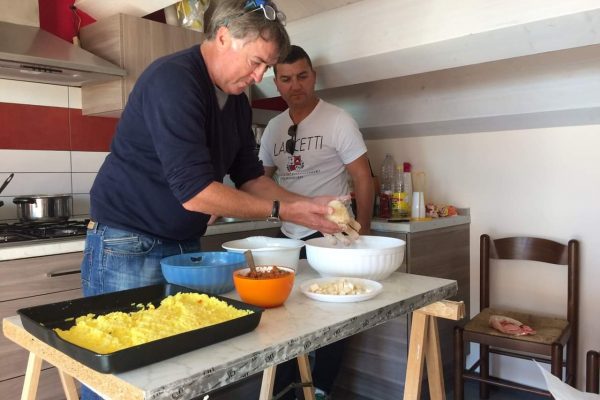
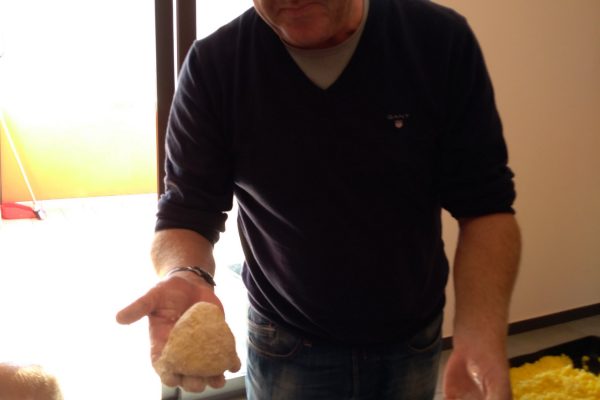
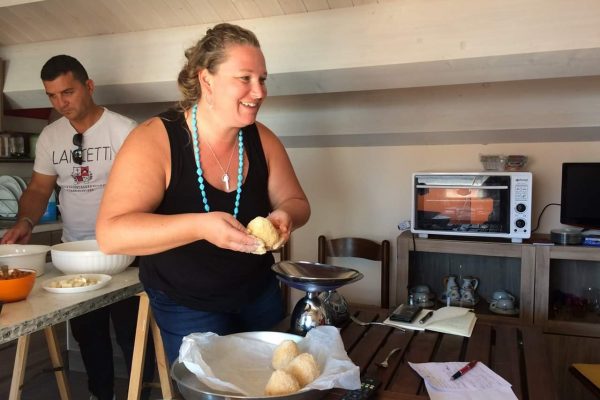
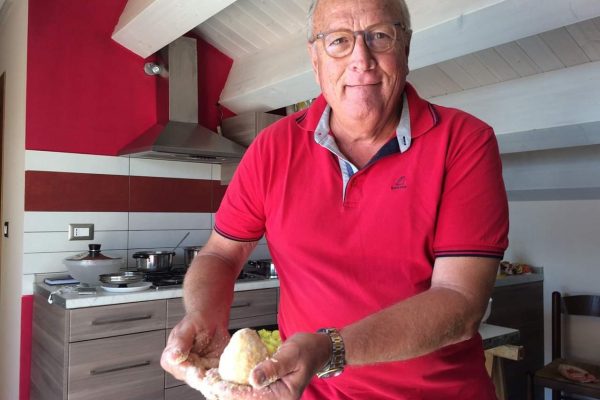
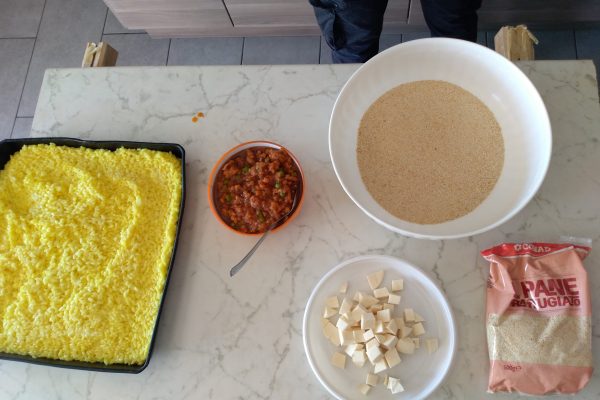
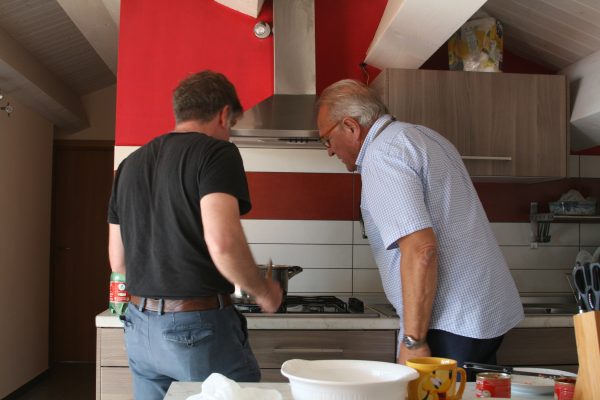
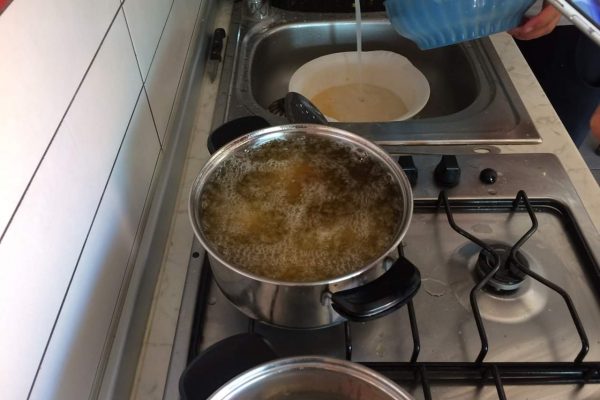
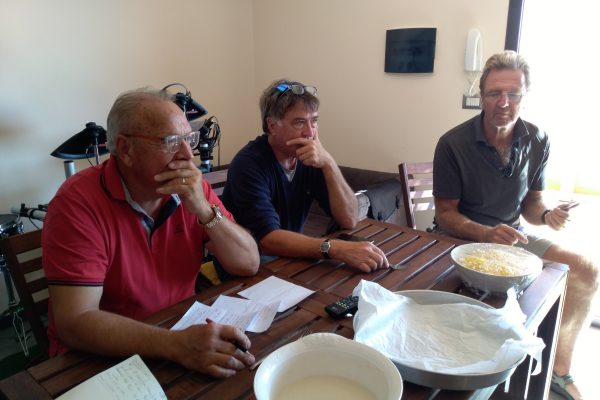


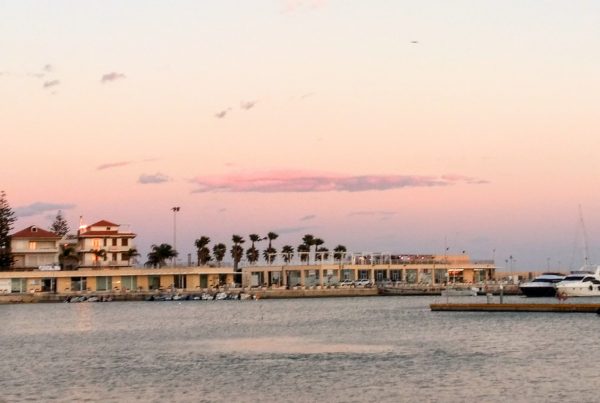
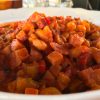


Sounds too complicated for me to make. With all the fresh produce and fruit here in Mexico, I have been eating tabuolli, tahini, humus, guacamole, green salads, and cold soups that are quick to prepare and store in the refrigerator. Sometimes I get lazy and spend 50 pesos for dinner out at one of the taco places nearby. I’m sure your family must be embracing these new foods with enthusiasm. Have fun and more recipes. Dorothy likes them.
I cannot wait to try these at home! And I can’t wait for you to make them for me. Great post. I could taste them.